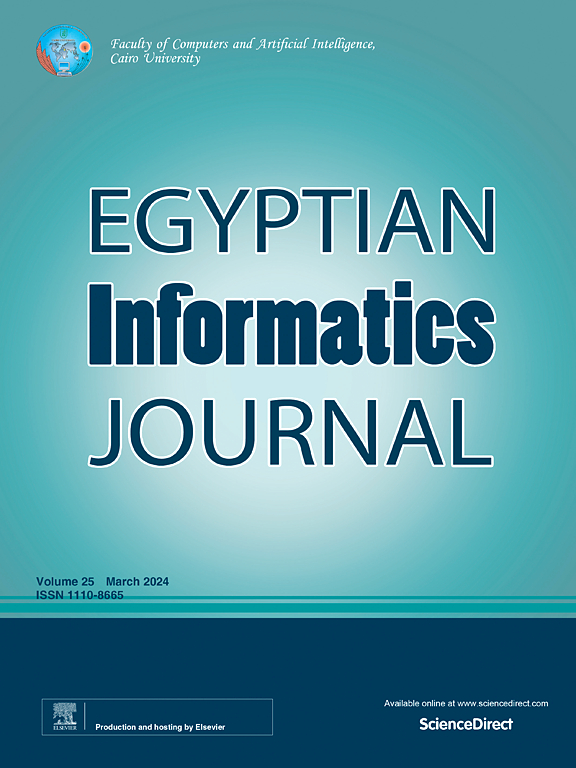Investigating feature extraction by SIFT methods for prostate cancer early detection
IF 5
3区 计算机科学
Q1 COMPUTER SCIENCE, ARTIFICIAL INTELLIGENCE
引用次数: 0
Abstract
Globally, for this leading type of cancer among males, early detection is indispensable for increasing treatment success rates and prognoses of the patients. This research study, therefore, seeks to explore the effectiveness of the SIFT method in improving feature extraction toward the accurate detection of incipient prostate cancer. The robust SIFT relates to tasks of object recognition within computer vision, in the recognition of prostatic regions where grey-level distributions differ remarkably between benign and malignant tissues. The adopted methodology was based on the comparative analysis and benchmarking of the performance of feature extraction based on SIFT against traditional image processing techniques with a generic representation on a number of metrics: sensitivity, specificity, and overall diagnostic accuracy. A dataset consisting of annotated prostate MRI images was utilized to train and validate the model. According to the results so far revealed, the SIFT model can isolate and recognize key features across different scales and angles far better than the cue given by any of the conventional methods currently in use, therefore indicating a much more accurate and reliable cue to early-stage prostate cancer.
Besides, the model developed on SIFT was found to have significantly improved the rate of detection for early-stage prostate tumors, which usually go undetected in conventional methods of imaging. This study, therefore, highlights the potential for use in the early detection of prostate cancer with advanced feature extraction methods, such as SIFT, and points toward a very promising direction of further research on applying computer vision techniques to problems in medical diagnostic applications. It would, therefore, suggest further experimentations to optimize these methodologies in clinical settings, otherwise which may revolutionize clinical diagnostics for prostate cancer and early intervention strategies.
求助全文
约1分钟内获得全文
求助全文
来源期刊

Egyptian Informatics Journal
Decision Sciences-Management Science and Operations Research
CiteScore
11.10
自引率
1.90%
发文量
59
审稿时长
110 days
期刊介绍:
The Egyptian Informatics Journal is published by the Faculty of Computers and Artificial Intelligence, Cairo University. This Journal provides a forum for the state-of-the-art research and development in the fields of computing, including computer sciences, information technologies, information systems, operations research and decision support. Innovative and not-previously-published work in subjects covered by the Journal is encouraged to be submitted, whether from academic, research or commercial sources.
 求助内容:
求助内容: 应助结果提醒方式:
应助结果提醒方式:


